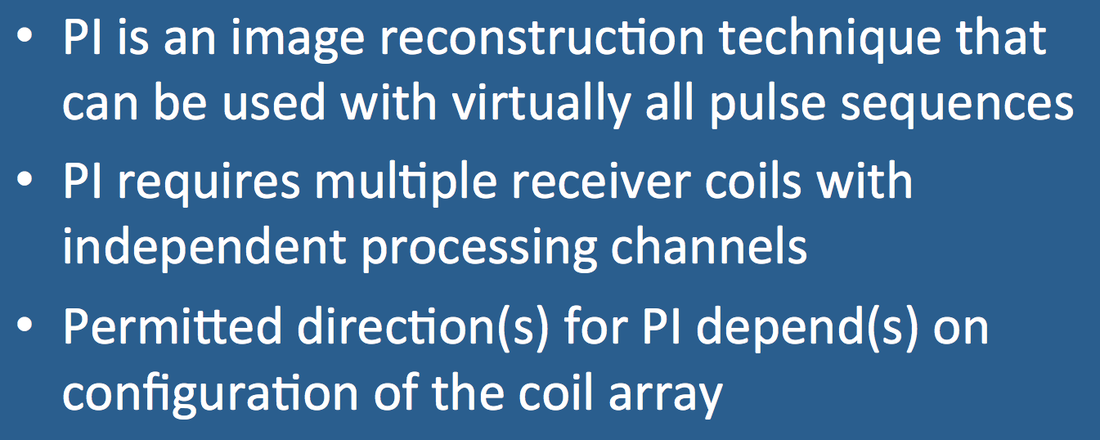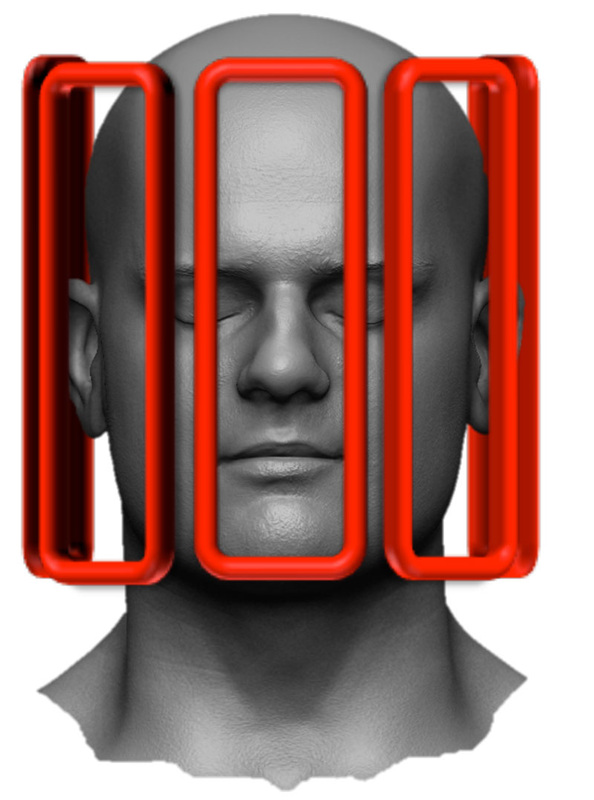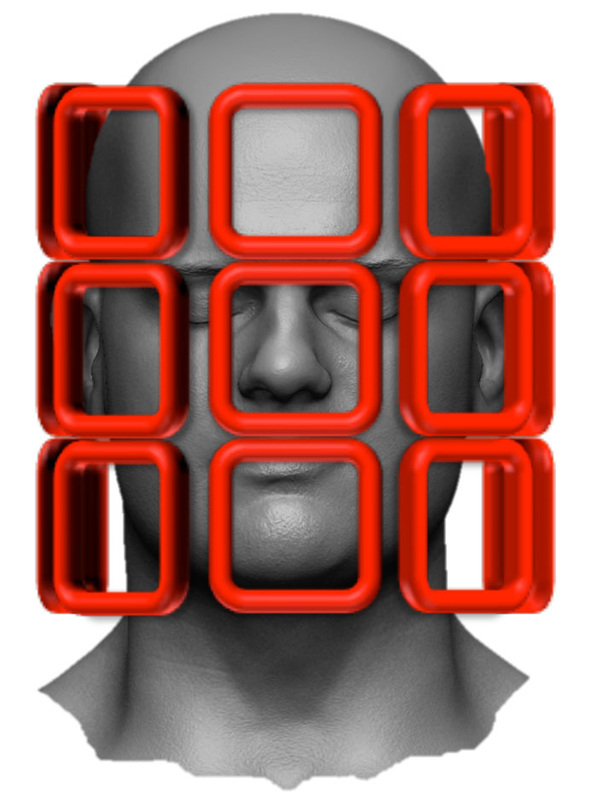The answer is NO to both questions.
Parallel imaging (PI) is not a pulse sequence, but an imaging reconstruction technique. It is an option that can be used with virtually every type of pulse sequence (SE, GRE, DWI, IR, MRA, etc).
PI exploits differences in spatial and/or frequency sensitivities of two or more receiver coils whose outputs can be independently recorded, digitized, and processed. Typically, arrays containing 4, 8, 16, 32, 64 or more coils are employed. PI therefore cannot not be used with just a single surface, head, knee, or large body coil having only one pair of quadrature output channels.
The allowed direction(s) in which PI can be performed depends on the arrangement of coils in the array. Specifically, the coils must should have different sensitivity profiles along the direction chosen for PI.
|
For spinal imaging, the receiver coils are typically arrayed in a linear fashion along the middle of the spine from head to the coccyx. Maximal coil sensitivity differences exist from superior-inferior (S-I), which is the standard direction chosen for parallel imaging.
|
The illustrations below show two possible head receiver coil configurations. On the left the coils all have similar sensitivity profiles in the S-I direction, but their profiles are significantly different in the left-right (L-R) and anterior-posterior (A-P) directions. Hence PI could be used in either the L-R or A-P (but not S-I) directions. The multi-element coil array on the right has no such restriction.
Advanced Discussion (show/hide)»
No supplementary material yet. Check back soon!
References
Deshmane A, Gulani V, Griswold MA, Seiberlich N. Parallel MR imaging. J Magn Reson Imaging 2012;36:55-72. (review)
Glockner JF, Hu HH, Stanley DW, et al. Parallel MR imaging: a user's guide. Radiographics 2005;25:1279-1297.
Yanasak N, Clarke G, Stafford RJ et al. Parallel Imaging in MRI: Technology, applications, and quality control. American Association of Physicists in Medicine. Report No 118. June, 2015.
Deshmane A, Gulani V, Griswold MA, Seiberlich N. Parallel MR imaging. J Magn Reson Imaging 2012;36:55-72. (review)
Glockner JF, Hu HH, Stanley DW, et al. Parallel MR imaging: a user's guide. Radiographics 2005;25:1279-1297.
Yanasak N, Clarke G, Stafford RJ et al. Parallel Imaging in MRI: Technology, applications, and quality control. American Association of Physicists in Medicine. Report No 118. June, 2015.
Related Questions
What is parallel imaging? How does this differ from "regular" imaging?
What is parallel imaging? How does this differ from "regular" imaging?



